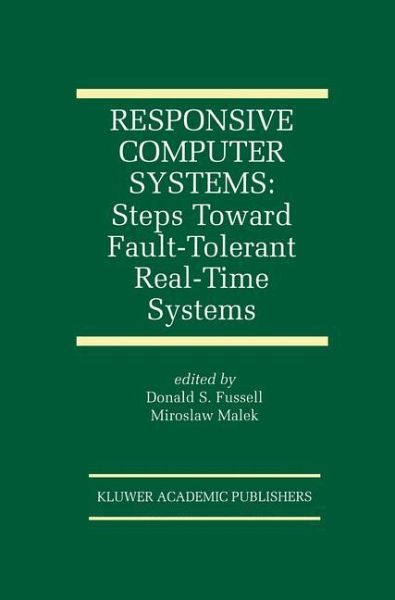
Responsive Computer Systems: Steps Toward Fault-Tolerant Real-Time Systems

PAYBACK Punkte
77 °P sammeln!
Responsive Computer Systems: Steps Towards Fault-Tolerant Real-Time Systems provides an extensive treatment of the most important issues in the design of modern Responsive Computer Systems. It lays the groundwork for a more comprehensive model that allows critical design issues to be treated in ways that more traditional disciplines of computer research have inhibited. It breaks important ground in the development of a fruitful, modern perspective on computer systems as they are currently developing and as they may be expected to develop over the next decade. Audience: An interesting and impo...
Responsive Computer Systems: Steps Towards Fault-Tolerant Real-Time Systems provides an extensive treatment of the most important issues in the design of modern Responsive Computer Systems. It lays the groundwork for a more comprehensive model that allows critical design issues to be treated in ways that more traditional disciplines of computer research have inhibited. It breaks important ground in the development of a fruitful, modern perspective on computer systems as they are currently developing and as they may be expected to develop over the next decade.
Audience: An interesting and important road map to some of the most important emerging issues in computing, suitable as a secondary text for graduate level courses on responsive computer systems and as a reference for industrial practitioners.
Audience: An interesting and important road map to some of the most important emerging issues in computing, suitable as a secondary text for graduate level courses on responsive computer systems and as a reference for industrial practitioners.














